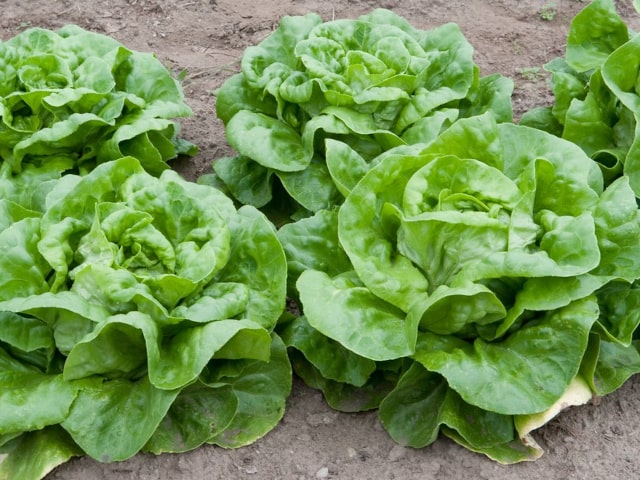
If you want to grow lettuce in your garden it is important to figure out what type you want to grow and then to choose the precise varieties. Keep in mind that loose leaf types of lettuce are ideal for beginners because they are easy to grow and they produce continuous harvests. However, you can opt for different types and varieties if you wish so.
Here are the most important things to keep in mind when planting lettuce in your garden:
Preparation
The first step is to prepare the soil in your garden so your lettuce can thrive. Lettuce will grow well in sandy loam soil that has a high level of organic matter. This organic matter is moisture-retaining, which is beneficial for lettuce growing.
In case that your garden soil doesn't meet these conditions, don't worry. Lettuce can grow in different types of soils and conditions and can even thrive in different climates.
In fact, there is no ideal climate for all lettuce types, so make sure to inform yourself about the conditions that your chosen type and variety requires. Keep in mind that most lettuce types thrive in cool weather.
It is best to plant lettuce in early to mid spring, as soon as you can work the soil. Keep in mind that most lettuce varieties will germinate in the range of 40 to 60 degrees F. It makes them excellent spring and fall crops for gardens in temperate climate areas.
You should also keep in mind that it is possible to start lettuce seeds indoors in small containers. However, this is generally not necessary. Many people don't have enough space in their homes so you should reserve this space for crops that truly need to be started indoors, such as tomatoes. Lettuce generally doesn't need this type of a head start so you don't have to bother with it.
How to Plant Your Lettuce
The best way to start planting lettuce is to work some finished compost into the soil. Keep in mind that lettuce generally doesn't have time to root deeply into the soil so it can truly benefit from some additional organic matter close to the surface.
When the compost is place into the soil, rake your garden bed smooth so the planting surface is nice and even.
After this, plant your lettuce. It is best if the bed is around 30 inches long but other possibilities are also good. In general, it is best to plant in rows. It is better to plant few short rows across the beds instead of planting overly long rows. It is best to space rows about 6 to 12 inches apart, depending on your available space, fertility of your garden soil and the variety of lettuce you want to grow. For heading varieties, spacing is a bit different. They can be planted either in rows or in a grid pattern 12 to 18 inches apart.
Generally speaking, it is best to plant these rows every few weeks. Succession planting works great for lettuce because the leaves turn bitter as lettuce matures, particularly in warm weather. When you do succession planting you always have some lettuce that is just ready for harvesting.
To get a proper planting depth and straight rows is to use a piece of scrap wood and press it into the soil until you get a faint indent. Place your seed in this indent. Loose-leaf varieties should have seeds that are planted about 1 inch apart in a single line. Once the seed is in the ground, cover them with about a quarter inch of soil. Gently pat them down to keep them securely in place.
Once the seed is in the ground, make sure to water well. You should see them sprout in about one week.
Additional Tips for Planting Lettuce
Here are a few additional tips for planting lettuce:
- Lettuce is not difficult to grow but make sure to provide it with all the right conditions it needs to thrive. This mainly refers to heat and moisture. Make sure that your lettuce is watered properly and that it has some shade during the hottest months of the year.
- Slugs love lettuce so they can destroy a crop. Monitor closely your lettuce crop to see if slugs are attacking it so you can take measures to get rid of these pests.
- Heat is the main danger to lettuce so you need to pay attention to that. Lettuce cannot germinate well in temperatures above 70 degrees. Mature plants will bolt in these temperatures, which means that they will stop producing leaves and go to seed. You can prevent this problem through regular watering and using shade cloths. You may also use tall plants that can make shade to your lettuce. Another way to go is to plant heat-tolerant varieties of lettuce. However, keep in mind that even with these varieties heat can damage the lettuce's flavor and texture.
- If you also have other garden plants, it might be a good idea to alternate lettuce with rows of other crops, such as mesclun and radishes in the spring or beets in the fall. One of the many great things about lettuce is that it can be planted next to many different plants. All it requires is enough space to grow, as well as light and water. Other than that, it is a good neighbor that can be grown next to almost any plant.
- If you live in a hot climate or if you want to grow lettuce in the heat of the summer, try interplanting the rows or heads of lettuce with some taller crops. These crops can be used to provide shade to your lettuce so it can survive in the heat.
Lettuce is not difficult to grow but you need to follow some simple guidelines. Once you have planted lettuce you can enjoy to see it grow. The next important step is to harvest your lettuce so you can use it in salads and other meals.
How to Harvest Your Lettuce
There is one simple rule for having that tasty, tender lettuce: it needs to be harvested as soon as it's ready. Lettuce grows very quickly and should be harvested as soon as it is ready to be eaten. This is a great thing for spring-grown lettuce and it is one of the reasons why it tastes so good.
If your lettuce has all the right conditions: mild-sunny days, cool nights, good soil fertility and plenty of water, the lettuce can go from seed to harvesting in about 30 days for loose leaf varieties and 45 to 60 days for full head varieties.
Timing is essential for harvesting lettuce. Keep in mind that the leaves have the sweetest and most vibrant flavor in the morning. There are some findings indicating that lettuce harvested around 7 AM have about twice as much natural sugar as those harvested at 2 PM. Keep this in mind if you want to harvest loose leaf and full head varieties. However, if you want to harvest baby greens it is best to do it in the evening because in this case they can be stored for longer than one day.
Handling Lettuce
When harvesting, pay special attention to how you handle the leaves. These are tender plants with gentle leaves so you need to be careful to prevent injuries to the leaves. When harvesting, make sure to cur about an inch above the soil. Don't cut too close to the soil because it may damage the plant.
Also, keep in mind that leaves that are harvested in the sun can start to wilt in just 15 minutes if you don't take them out of the garden quickly.
When you harvest the leaves, make sure to place them inside, in a cool and moist (but not wet) spot. In case you don't have time to fully wash the leaves right after harvesting, at least five them a quick rinse in cold water. After this, place them in a refrigerator to use them later. Don't wait too long, though: fresh lettuce is tasty so it should be consumed soon after harvesting.
One great thing about harvesting lettuce is that you can often do it more than once. For example, it is possible to harvest loose leaf varieties two or three times before the quality of leaves declines.
After one harvest, make sure to keep your lettuce properly watered and weeded so they will produce another harvest in about two to three weeks.
Consuming Lettuce
A fun thing about lettuce is that it can be consumed in many different ways. Simply wash it and it is ready to be served. To remove extra water, use a salad spinner. If you don't own a spinner you may simply wrap your lettuce in a large dish towel and spin it in circles. This should remove any unwanted moisture and your lettuce will be ready to serve.
Lettuce is mainly used in various salads or as a nice side dish. Many people even like to consume it fresh as leaves without any additions.
One great thing about lettuce is that you can enjoy it during cooler months when not much else can be grown. You should use cold frames, low tunnels or minimally heated greenhouses to grow lettuce for salads in the winter. This is a great way to have some fresh, home-grown greens during the winter months.
Photo credit: Dwight Sipler
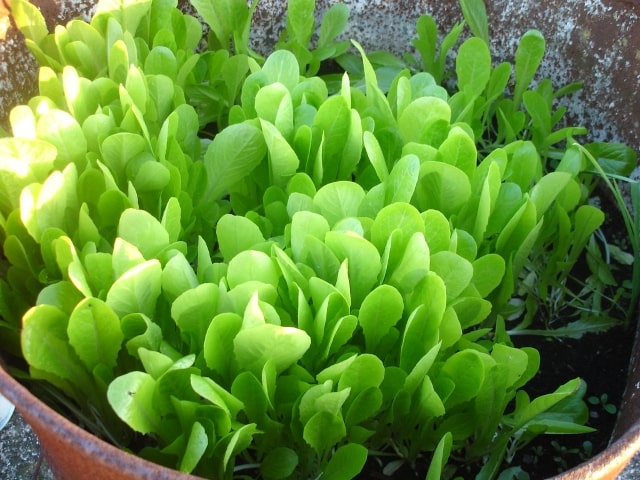
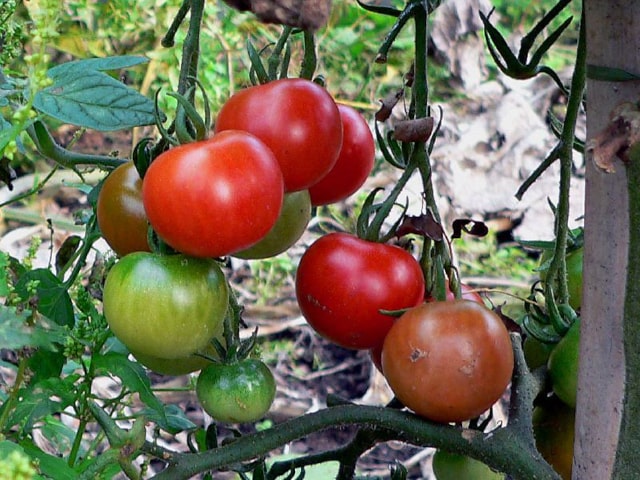
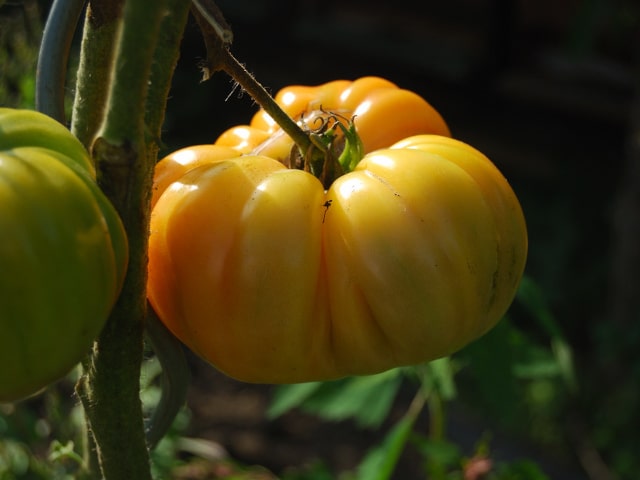
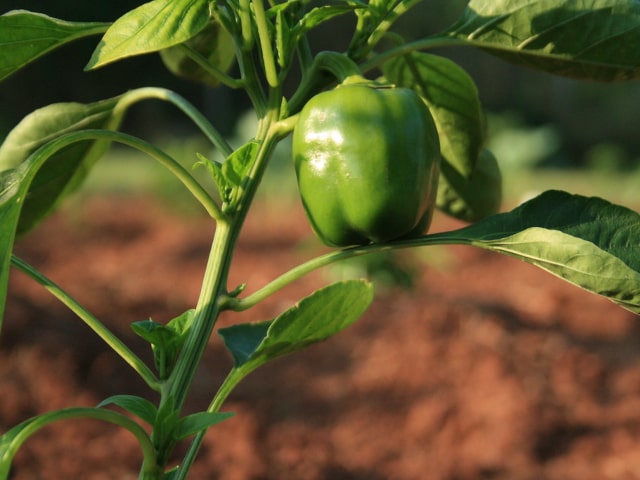
0 Comments